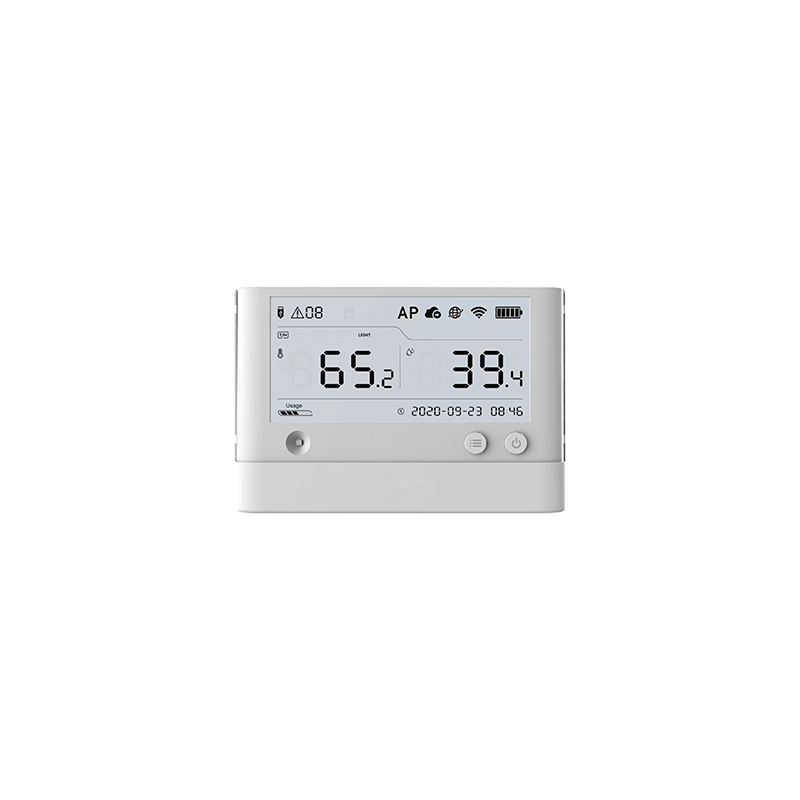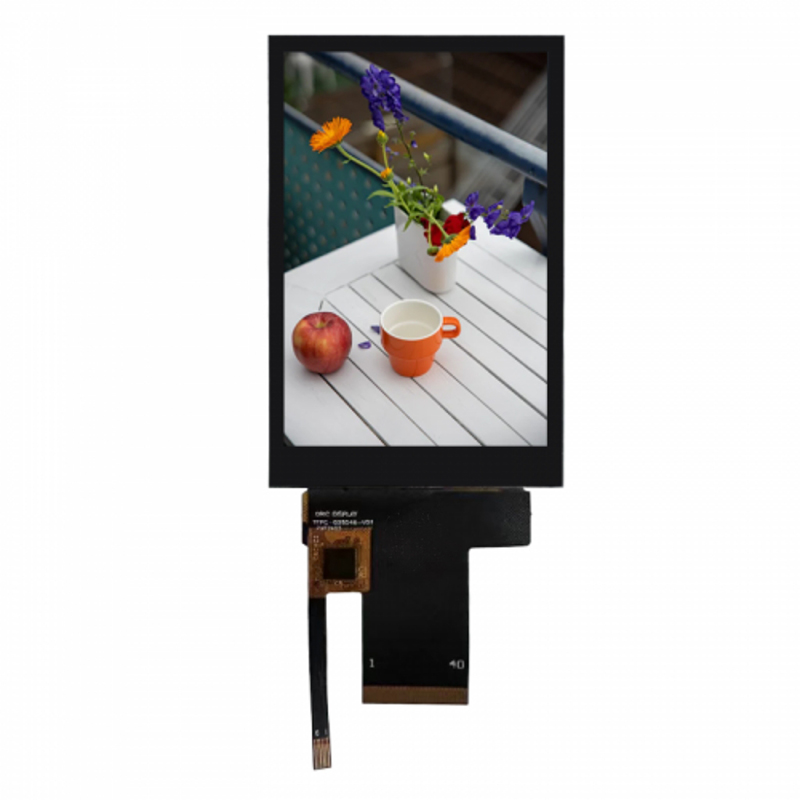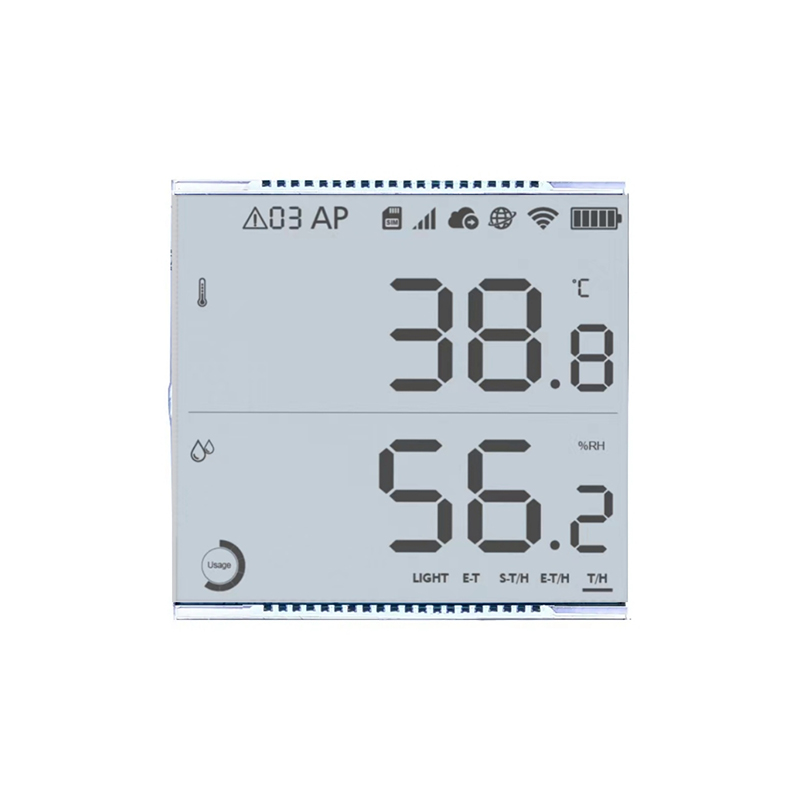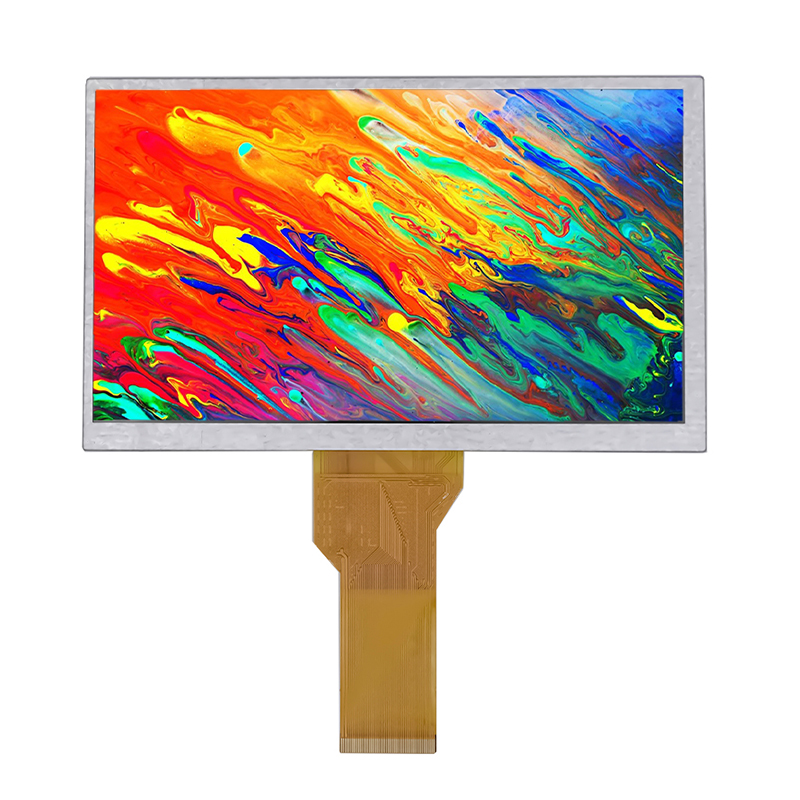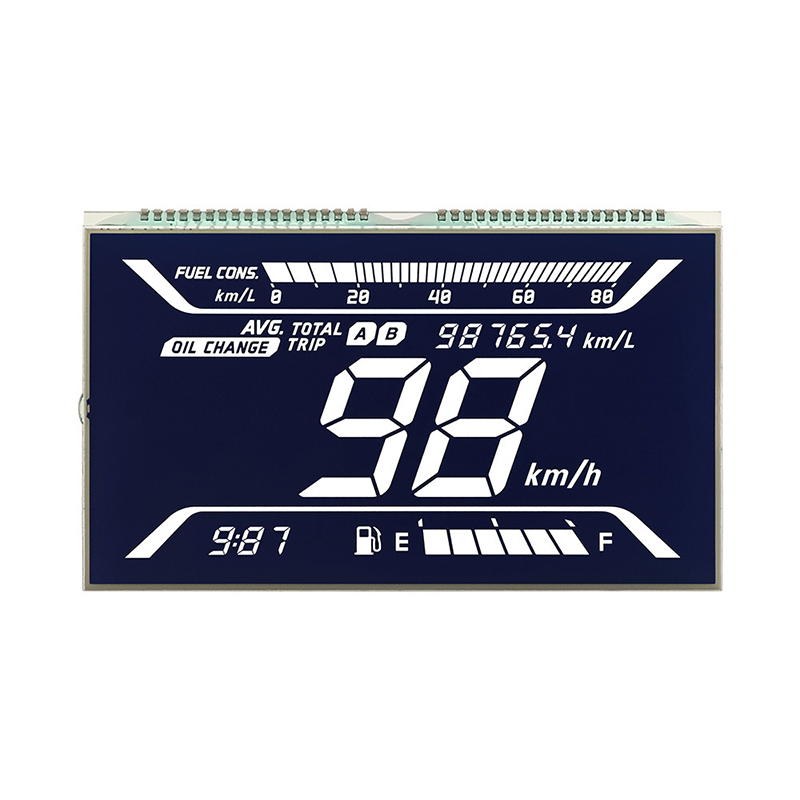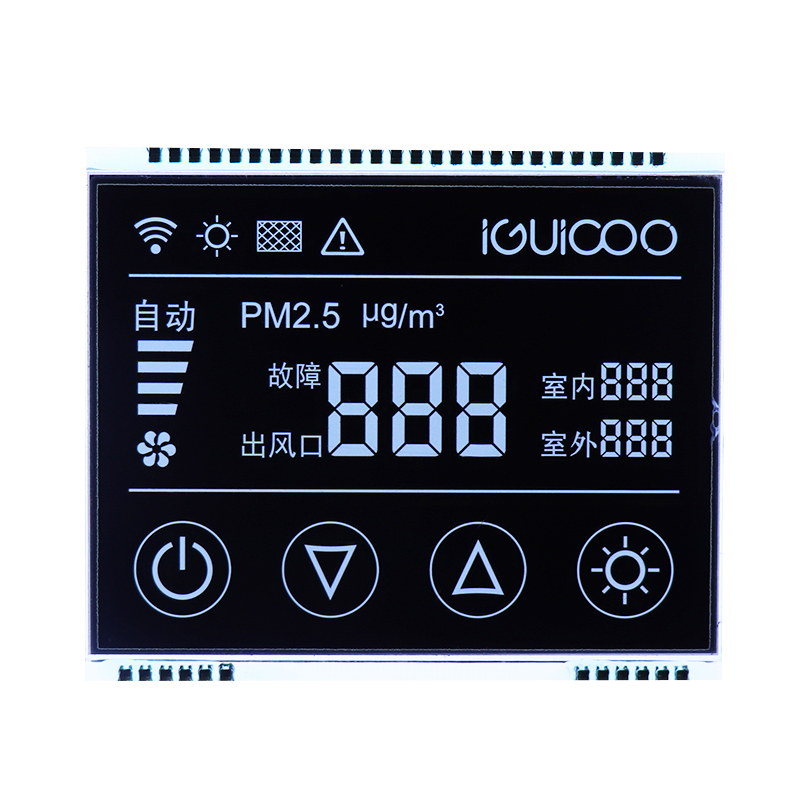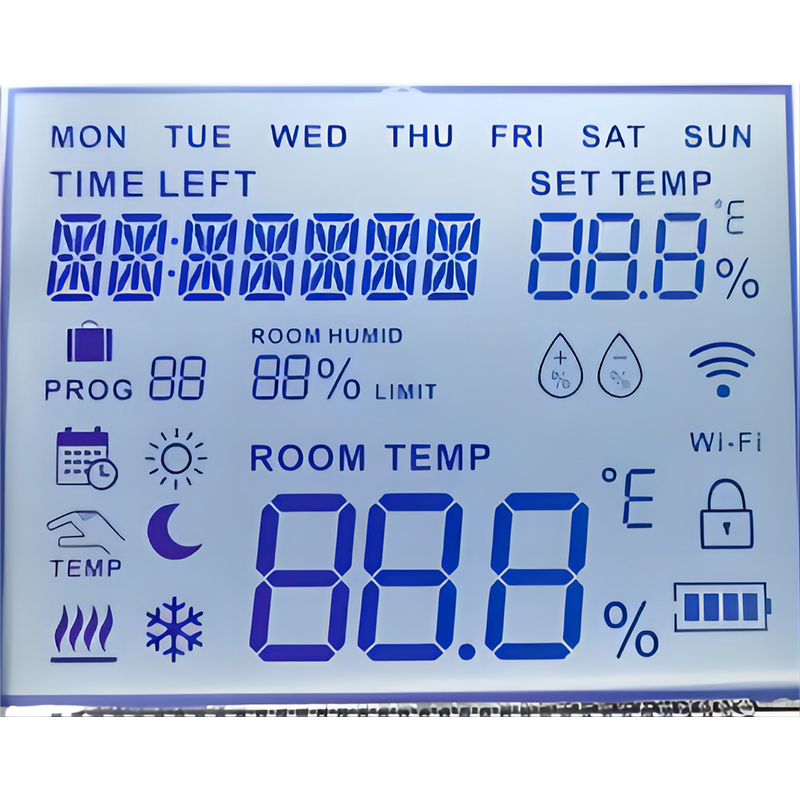
This guide provides a detailed overview of LCD display panels, covering their technology, types, applications, and considerations for selection. Learn about different panel technologies, key specifications, and factors to consider when choosing the right LCD display panel for your needs. We'll explore common applications and address frequently asked questions.
LCD display panels utilize liquid crystals, organic molecules that change their optical properties when an electric field is applied. These crystals are sandwiched between two polarizing filters and two glass substrates, creating a pixel matrix. By controlling the voltage applied to each liquid crystal, the amount of light passing through is modulated, creating the image. This process is highly energy-efficient, contributing to the widespread use of LCD display panels in various applications.
Several types of LCD display panels exist, each with unique characteristics: Twisted Nematic (TN), In-Plane Switching (IPS), Vertical Alignment (VA), and others. TN panels are known for their fast response times but often suffer from limited viewing angles. IPS panels offer superior color accuracy and wider viewing angles, making them ideal for professional applications. VA panels balance response time and viewing angles, offering a good compromise. The choice depends on the specific application requirements.
When selecting an LCD display panel, several key specifications should be considered:
Resolution refers to the number of pixels (dots) on the screen, while pixel density describes the number of pixels per inch (PPI). Higher resolution and pixel density lead to sharper and clearer images. For example, a 4K LCD display panel offers significantly higher detail compared to a 1080p panel.
Response time measures how quickly a pixel can change from one color to another. Faster response times are crucial for gaming and video applications to avoid motion blur. Response time is typically measured in milliseconds (ms).
The refresh rate indicates how many times per second the screen is refreshed. Higher refresh rates, measured in Hertz (Hz), result in smoother motion and reduced screen tearing, particularly beneficial for gaming and high-motion video content. A 144Hz LCD display panel will be significantly smoother than a 60Hz panel.
Brightness, measured in candelas per square meter (cd/m2 or nits), indicates the screen's luminance. Higher brightness is advantageous in brightly lit environments. Contrast ratio refers to the difference between the brightest and darkest colors the screen can display. A higher contrast ratio leads to richer, more vibrant images.
The selection of an appropriate LCD display panel depends heavily on its intended use. For example, a high-resolution, high-refresh-rate panel might be ideal for gaming, whereas a high-brightness panel may be suitable for outdoor use. Consider the balance between these specifications and your budget.
LCD display panels are ubiquitous, finding applications in a wide range of devices and industries:
This section addresses common questions regarding LCD display panels.
IPS panels offer better color accuracy and wider viewing angles than TN panels, but TN panels generally have faster response times.
Backlight bleed refers to light leakage from the edges of the screen, often noticeable in darker scenes.
For high-quality LCD display panels and further information, visit Dalian Eastern Display Co., Ltd., a leading provider of innovative display solutions. They offer a wide range of customized solutions to meet various application needs.
This information is for general knowledge purposes only and should not be considered as professional advice. Specific product specifications may vary.

